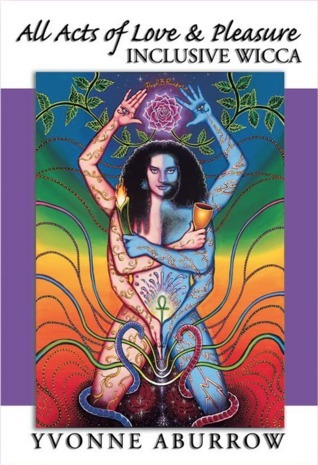Recently, we went to see the magnificent exhibition of Scythian art and culture at the British Museum in London. You can see some more of the exhibits here.

Panther plaque, Krasnodar region, circa 700 BCE. Photo by Sailko [CC-BY-SA 3.0]
As I have done many times before, I found myself reflecting on what it is that I love about this kind of art. I love its stylized curves and lines, the expression on the animals’ faces, the sheer fluidity and aliveness of the style. I like other so-called “primitive” art styles too, including but not limited to Luristan bronzes, Hallstatt, La Tène, Celtic, Pictish, Viking, and so on.
![One of the distinctive "canonical" types of Luristan bronze, the "Master of Animals standard". [CC0 Public Domain]](https://upload.wikimedia.org/wikipedia/commons/thumb/4/44/Standard_Finial_LACMA_M.76.97.90.jpg/220px-Standard_Finial_LACMA_M.76.97.90.jpg)
One of the distinctive “canonical” types of Luristan bronze, the “Master of Animals standard”. [CC0 Public Domain]
The Scythian style (and other art forms like it) do more than present an imitation of life: they offer a stylistic commentary on it; they surprise us with their poetic interpretation of life.
I am not keen on realistic sculpture, nor on modern abstract sculpture, but I can stand and look at a stylized bas relief sculpture or a beautiful object like the Gundestrup Cauldron for hours. I wonder if my dislike of realistic sculpture is something to do with the uncanny valley effect (the idea that replicas which look almost, but not exactly, like real human beings elicit feelings of uncanniness among some observers).
I rather like the theory evinced by Orthodox Christian theologians that an icon is a window on the spiritual world, but a statue is not (because you can walk around behind it, so it doesn’t open onto another dimension in the imagination of the viewer). Orthodox icons employ a peculiar perspective to amplify this perception of opening a window onto heaven.
I feel the same about bas-relief depictions of deities like the Queen of the Night relief. When I saw this for real for the first time, it was on tour to Cardiff, and they placed it in the centre of a darkened gallery, where it became a portal to the realm of the goddess whom it depicts.
What are the implications of this for Pagan religious art? I am not sure, because I don’t know if other people share my feelings, but I often find myself dissatisfied with much of contemporary Pagan art, and wishing for something more stylized and rough-hewn. More metal-working, wood-carving, more stylized art and less realistic depictions. Something less “civilized” and more “primitive” (I don’t like these terms because they have been used to dismiss and devalue indigenous and tribal peoples’ art in the past, but I like the so-called “primitive” styles).
I feel that one of the aspects of getting closer to the Earth and to Nature is to really study the forms and shapes of animals and trees and plants, and to express those forms in art, an art that speaks to the twilight side of consciousness, where heroes and gods and spirits walk on the enchanted earth.
If you enjoyed this post, you might like my books.
![Stag plaque, 400-300 BCE, Scythian, western Asia, Cleveland Museum of Art [CC0 Public Domain] Stag plaque, 400-300 BCE, gold, cast in shell mold, Scythian, western Asia, Cleveland Museum of Art](https://upload.wikimedia.org/wikipedia/commons/thumb/3/3f/Stag_plaque%2C_400-300_BCE%2C_gold%2C_Scythian%2C_Cleveland_Museum_of_Art.JPG/220px-Stag_plaque%2C_400-300_BCE%2C_gold%2C_Scythian%2C_Cleveland_Museum_of_Art.JPG)


